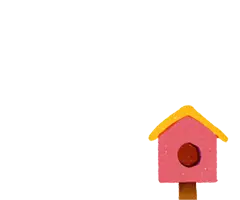Part 2Tenancy agreements
Rights and obligations of parties
42Tenant's fixtures, etc
The tenant shall not affix any fixture to the premises, or make any renovation, alteration, or addition of or to the premises, except—
- in accordance with the tenancy agreement; or
- with the prior written consent of the landlord (see section 42A).
-
Repealed The tenant may, at any time before the expiry of the tenancy, remove any fixture that the tenant has affixed to the premises during the term of the tenancy, unless the removal would cause irreparable damage to the premises.
Any fixtures affixed by the tenant to the premises but not removed by the tenant on the expiry of the tenancy become the property of the landlord.
Despite subsection (4), the tenant may remove any fixtures on or after the expiry of the tenancy if the tenant—
- does so in accordance with an agreement or arrangement reached with the landlord; or
- reasonably believes that he or she is entitled to do so because of anything the landlord has said or done.
If, on removing any fixture, the tenant causes any damage to the premises, the tenant must inform the landlord immediately and, at the landlord’s option, either repair the damage or compensate the landlord for any reasonable expenses incurred by the landlord in repairing the damage.
Subsections (3) to (6) do not apply in relation to a fixture that is a minor change. (See instead section 42B(4) to (6).)
Compare
- Residential Tenancies Act 1978–1981 s 50 (SA)
Notes
- Section 42 heading: amended, on , by section 22(1) of the Residential Tenancies Amendment Act 2020 (2020 No 59).
- Section 42(1)(b): amended, on , by section 22(2) of the Residential Tenancies Amendment Act 2020 (2020 No 59).
- Section 42(2): repealed, on , by section 22(3) of the Residential Tenancies Amendment Act 2020 (2020 No 59).
- Section 42(4): replaced, on , by section 27 of the Residential Tenancies Amendment Act 2010 (2010 No 95).
- Section 42(5): inserted, on , by section 27 of the Residential Tenancies Amendment Act 2010 (2010 No 95).
- Section 42(6): inserted, on , by section 27 of the Residential Tenancies Amendment Act 2010 (2010 No 95).
- Section 42(7): inserted, on , by section 22(4) of the Residential Tenancies Amendment Act 2020 (2020 No 59).


